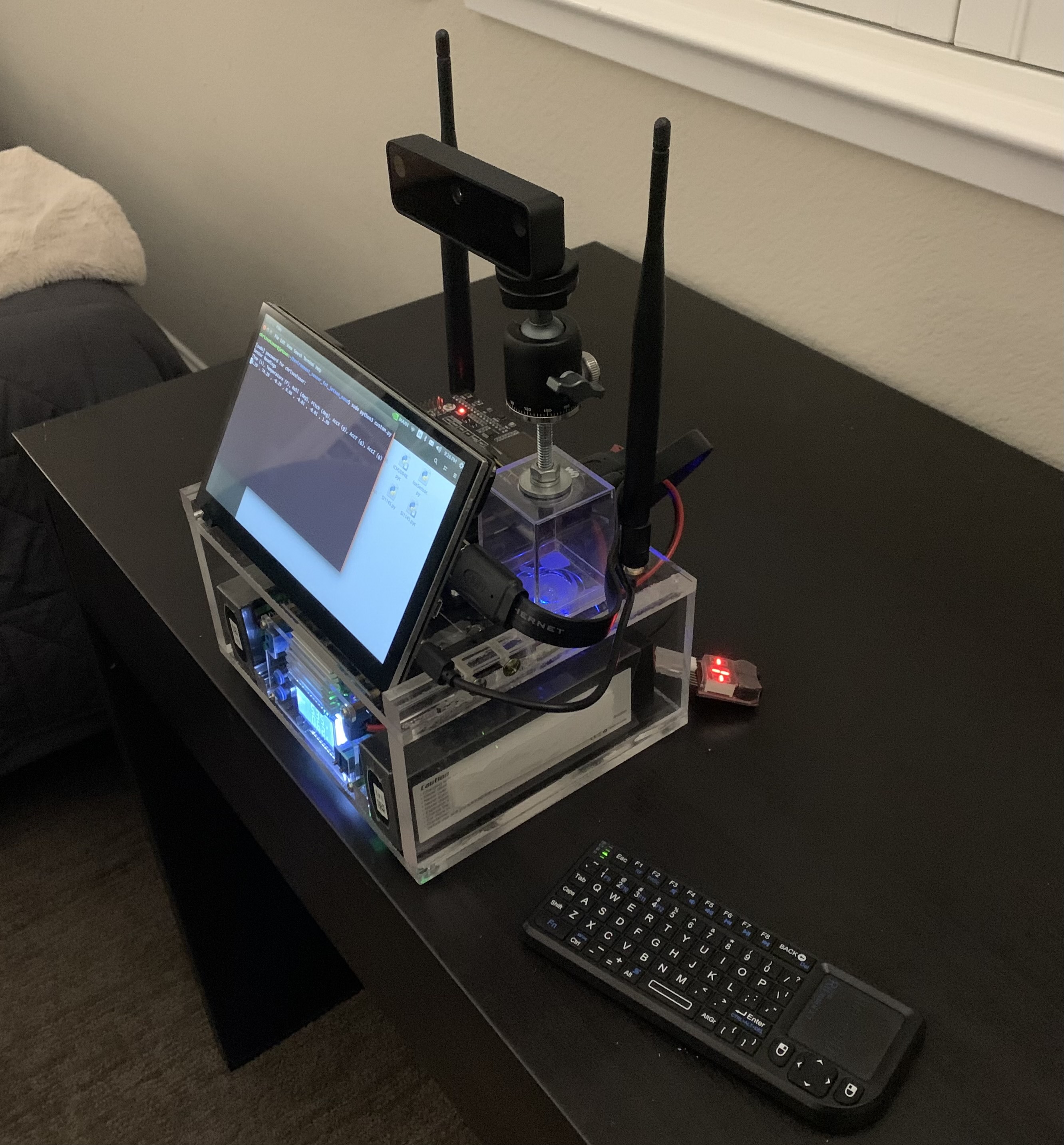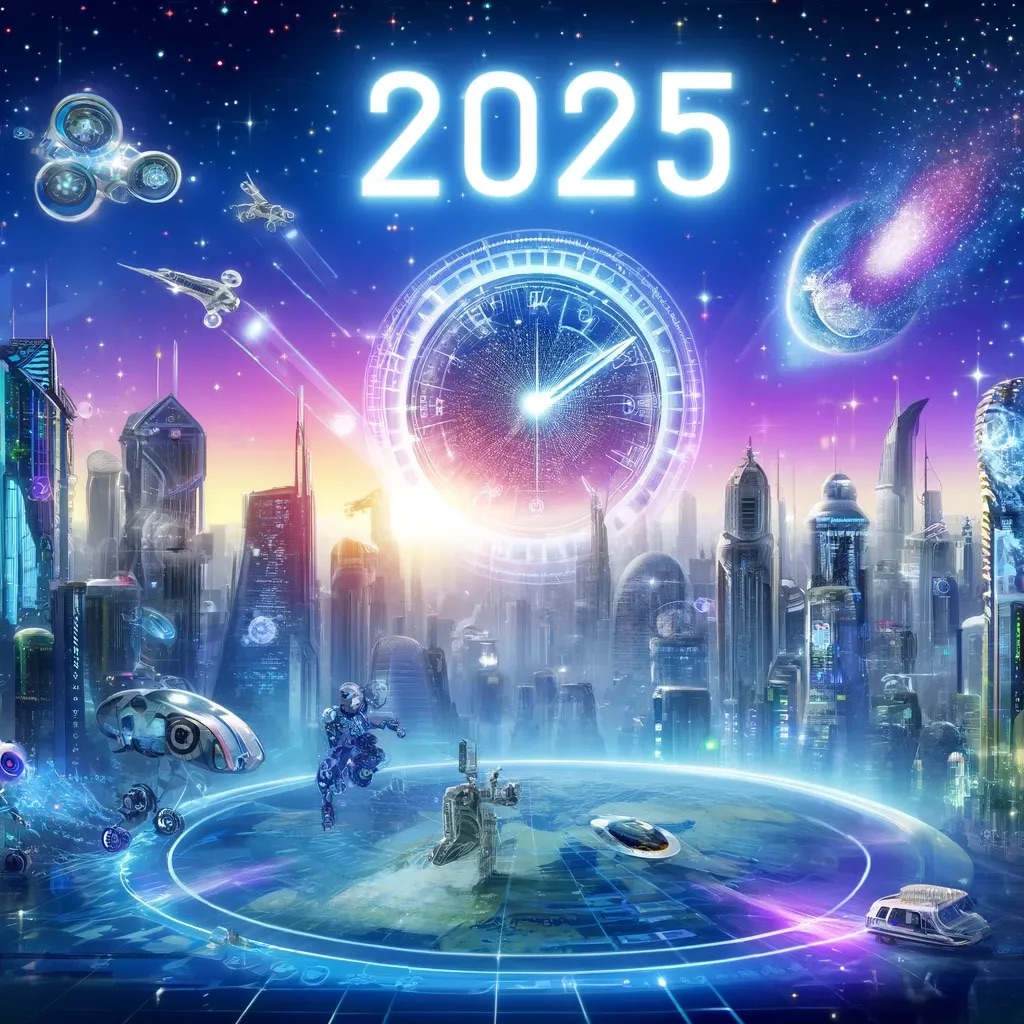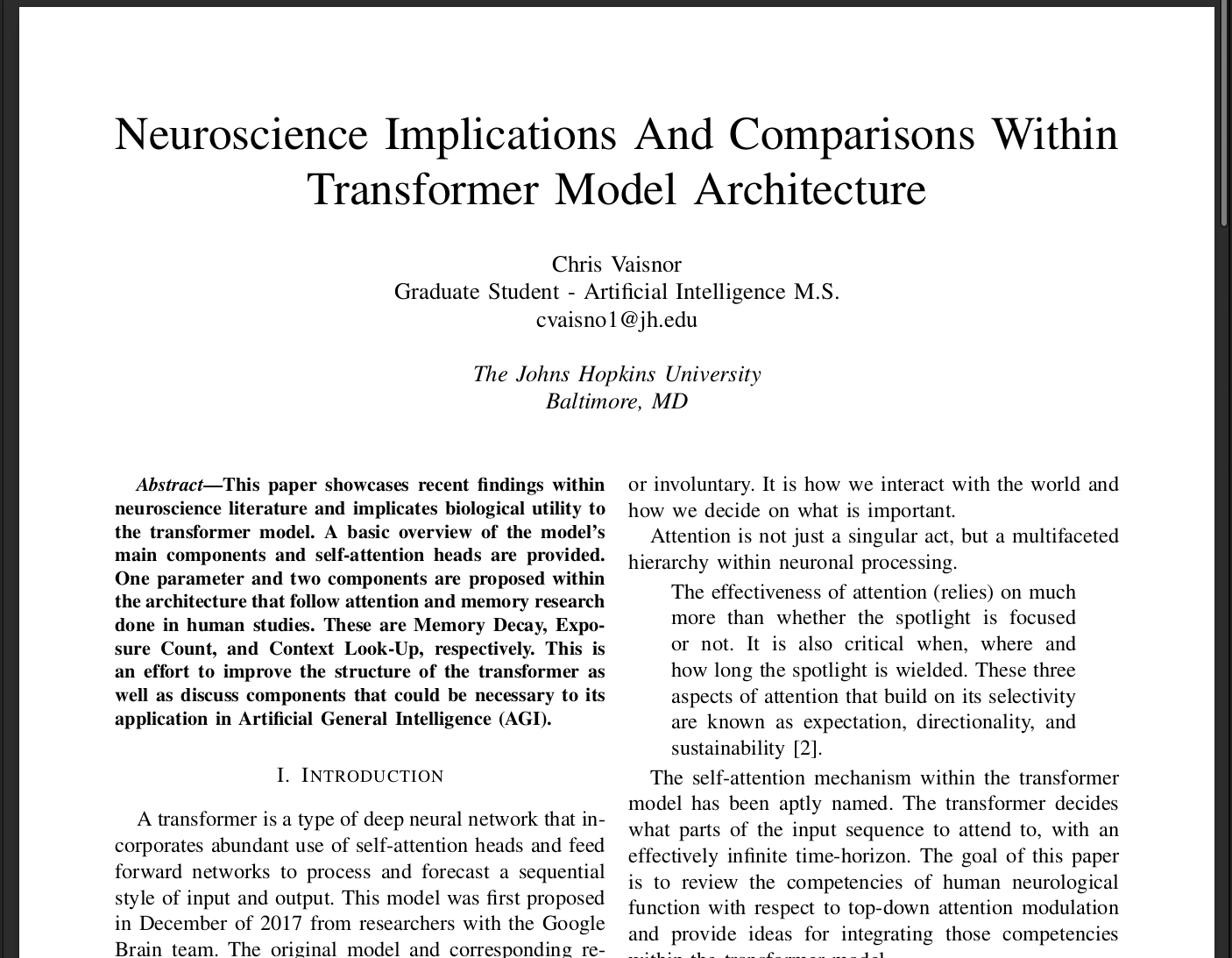But, even without the presence of modern technology, four types of interference threaten to derail you from accomplishing this sort of goal: internal distraction, external distraction, internal interruption, and external interruption. p.19
You are having a conversation with a friend but begin to think about how your boss judges your efforts at work.
This act of voluntarily engaging in a concurrent, secondary internal task is an internally generated interruption. p.21
Individuals report that enjoyment is a factor in Internet-based multitasking and that performing additional tasks while watching TV ads increases overall task enjoyment. Also in support of this view, physiological signs of increased arousal are associated with switches between multiple types of content on a single device. In regard to rewards, researchers have shown that novelty is associated with reward processing in our brains. This is not surprising, as novelty is a powerful driving force to explore new environments, and thus offers clear survival advantages. p.26
We engage in interference-inducing behaviors because, from an evolutionary perspective, we are merely acting in an optimal manner to satisfy our innate drive to seek information. (…) This notion is supported by findings that molecular and physiological mechanisms that originally developed in our brain to support food foraging for survival have no evolved in primates to include information foraging. p.27
[[Information Foraging]]
From this perspective, engaging in behaviors that are intended to maximize expose and consumption of new information, but end up causing interference, may be thought of as optimal. p.28
[[Marginal Value Theorem]]
Stimuli that are unexpected, dramatic, and sudden, such as a flash of light or a loud crash, or important, either innately or based on memories of previous experiences, such as your name, command bottom-up dominance in our minds.
[[Perception-Action Cycle]]
However, the effectiveness of attention relied on much more than whether the spotlight is focused or not. It is also critical when, where and how long the spotlight is wielded. These three aspects of attention that build on its selectivity are known as expectation, directionality, and sustainability. p.47
Top-Down Modulation
It is widely accepted that the prefrontal cortex enables cognitive control by modulating neural activity in distant brain regions via long-range connections or neural networks. This immensely important mechanism is known as top-down modulation. p.68
“Cognitive control stems from the active maintenance of patterns of activity in the prefrontal cortex that represents goals and means to achieve them. They provide bias signals to other brain structures whose net effect is to guide the flow of activity along neural pathways that establish the proper mappings between inputs, internals states, and outputs need to perform a given task.” Thus, the cognitive control needed to enact our goals in manifested by higher-order representations in the prefrontal cortex that result in the top-down modulation of neural activity in other brain regions via widely distributed neural networks. p.68
Suppression
(…) the goal to ignore something is an active (process) that is mediated by the top-down suppression of activity below baseline level of passively viewing. The fact that ignoring is an active process is critical to understanding the Distracted Mind because it emphasizes that t takes resources to filter out what is irrelevant. p.72
An example Dr. Gazzaley brings up is how it seems that generally, older people don’t enjoy going out to restaurants as much as they once did. The extra stimulus of background noise and other sensory inputs uses up cognitive resources that would otherwise be spent on paying attention to their own experience. p.106
Dr. Gazzaley makes another point that older adults are generally able to focus on a single task as well as younger adults where there are less distractions.
Older adults have impairments in suppression, but not enhancement, and this is the deficit that is related to their diminished working memory performance. p.104
Working Memory Limitations
Just as selective attention has these inherent limitations, working memory has them as well. These have been characterized in two domains: capacity and fidelity. Capacity refers to the amount of information being stored, often in terms of the number of items that can be held in mind at any given time. Fidelity refers to the quality, or resolution, of the store internal representations of those items — how faithful they are to what they represent. p.92
The Cost of Task-Switching
p.144-164
Summary:
- Multitasking is a pseudo-activity. Cognitively, all you are doing is rapidly switching tasks every few seconds.
- Every task-switch adds more time to the activity because even after you have switched tasks, it takes a few seconds to reengage with the activity while also waiting for residual attention to subside.
- Study-after-study shows that interrupting technical and focused work causes performance degradation. Both in the GPA of students, and the speed of the work/project being done.






